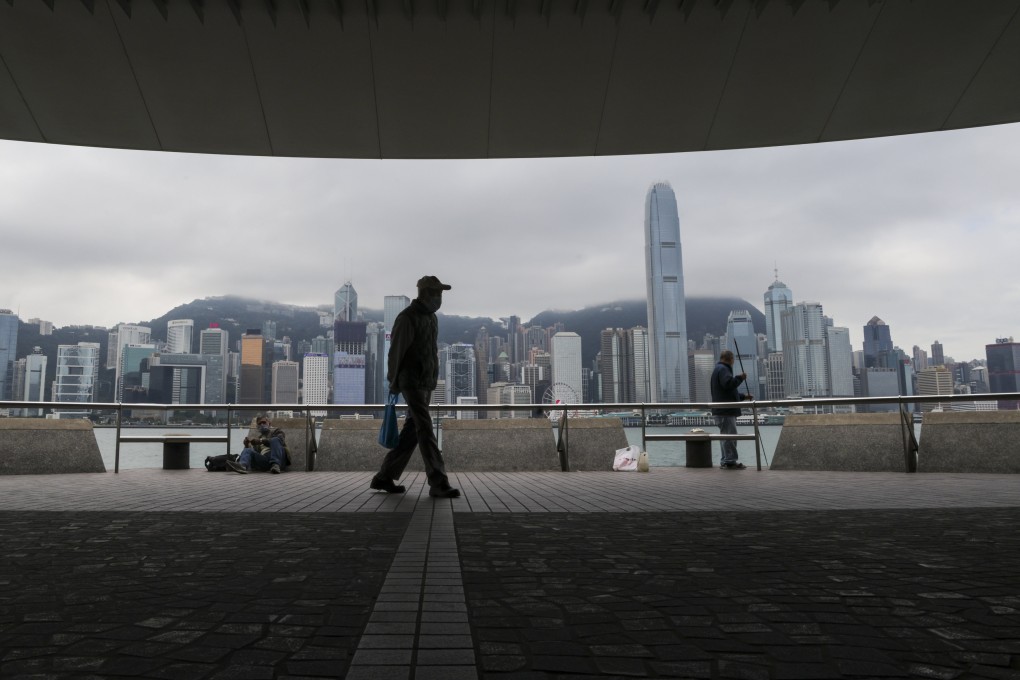Editorial | No time to relax in push for cleaner air
- Hong Kong’s main air pollutants may have fallen last year, but there is no room for complacency on the road to healthier transport and energy

We can breathe a bit easier knowing the city recorded its best air quality in a decade last year, but the whiff of success is at risk of being soured by complacency. An air quality report released by the Environmental Protection Department (EPD) last Thursday showed “discernible improvement” in 2022 with annual average concentrations of the main air pollutants falling.
The roadside concentration of PM10 – tiny particulates that can get deep into our lungs – was 29 micrograms per cubic metre, down from 33 in 2021, 31 in 2020, and 38 in 2019. Nitrogen dioxide from vehicle exhaust and electricity generation also dropped.
Air quality in the Pearl River Delta region was also the cleanest since the mid-2000s.
Authorities admit the Covid-19 pandemic played a role, with land and sea transport slowing along with the economy. EPD assistant director Stephen Siu Chi-wai said the figures also showed that government policy was working. Siu said the city had been on the right track for 10 years, and the situation had not worsened even with the increase in economic activity at the end of last year.
But while Hong Kong met air quality objectives for all four major pollutants, only one – sulphur dioxide – was measured at a low enough level to meet World Health Organization standards last year. Officials also remain concerned about ground-level ozone and, in 2022, such concentrations at roadsides hit a 10-year high. Vehicle emissions are a key ozone source and roadside pollution caused almost 3,000 premature deaths in 2021.
